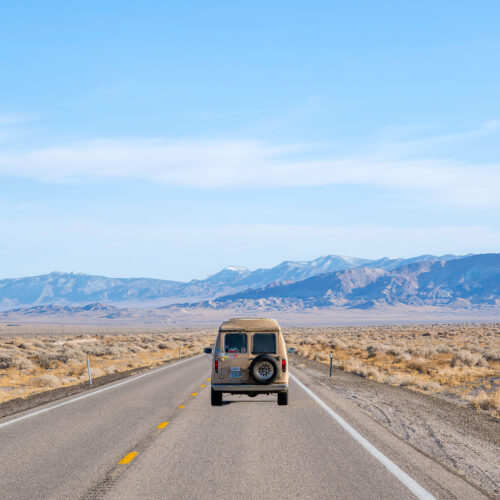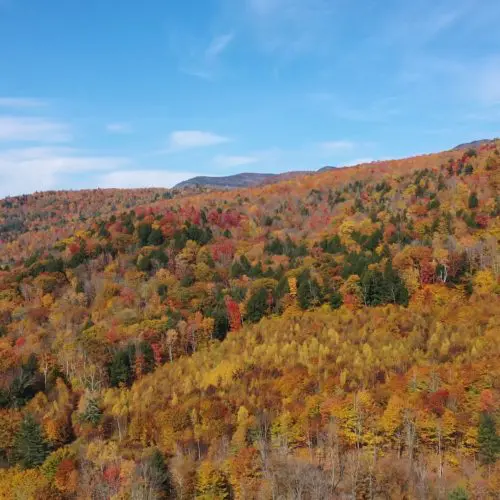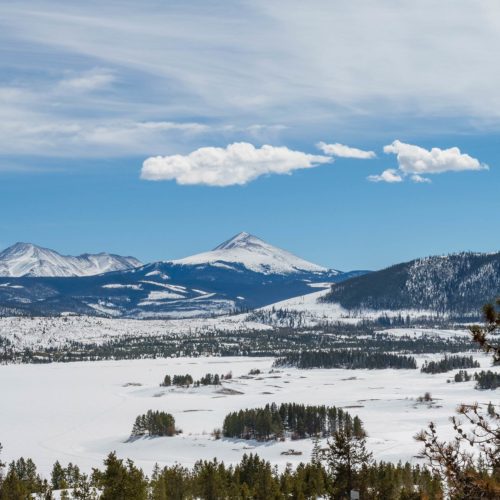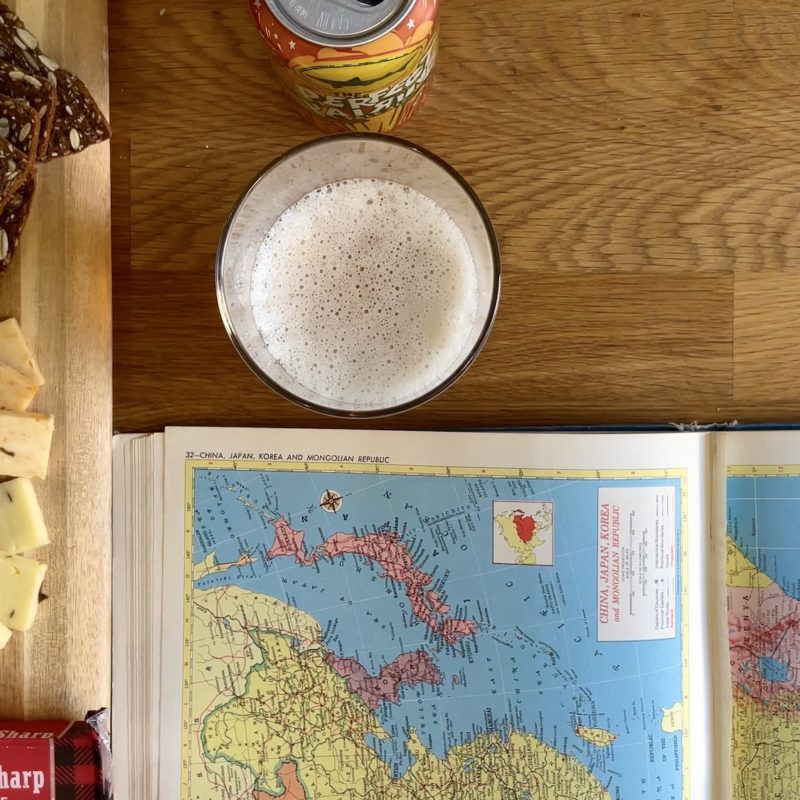It all began in a basement. With a background in wooden shipbuilding and woodworking, Mike LaVechia was moved by the tides of York, Maine, and began designing surfboards in his home. Building boards from northern white cedar found in the state, Grain Surfboards has been making waves well beyond just the beach.
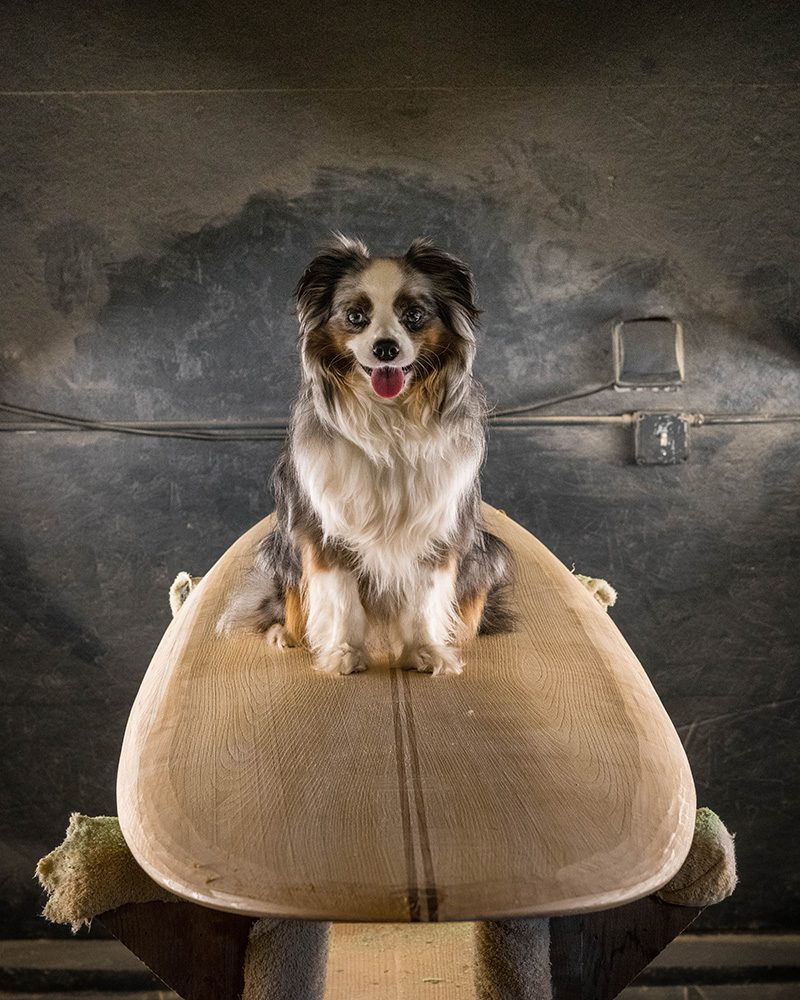
Dexter enjoyed his visit to meet Mike and the Team
Appearing at a time when the surf industry was rethinking its environmental impact, Grain Surfboards hit the scene with a more sustainable solution in board-making compared to popular plastic-based brands. Establishing a new workshop in York for their “tubular” creations, LaVechia and the Grain team have received acclaim for their homage to the hand-hewn wood boards of old.
For a sport so reliant on nature for its glory and enjoyment, it only makes sense to give back to Mother Nature. Aware of the many scraps of wood, Grain focuses on sustainable loops so nothing goes to waste – white cedar trees for the board are sourced locally within Maine, and leftover lumber shavings are sent off to become animal bedding. Some pieces are even set aside in the workshop for future inspiration.
Galvanizing a surfing industry revolution by taking the sport back to its roots, Grain has also served as a muse for a decidedly different market—beer. In 2010, the bodacious board company teamed up with Dogfish Head Brewing to create “GraintoGlass,” a brown ale that put those cedar scraps to even more delicious use: directly in the brewing process. Not only was this befitting of Grain’s commitment to environmental sustainability, but the beer was also a great success, with Discovery Channel’s “Brewed” even featuring the collaboration as a unique brew of the United States.
A bit heavier than foam or plastic surfboards, Grain’s cedar boards offer a lighter weight on an earth-conscious soul, a positive influence on the state of surfing, and at least one reason to consider adjusting the nickname of the Pine Tree State.

HOW’S A WOOD SURFBOARD MADE?

Milling
Well it starts with some wood, which get’s milled down and glued together into an approximate shape. Mike and his team are careful to choose wood grains that match up to one another, or that sometimes have fun imperfections that allow them to have fun with the design.
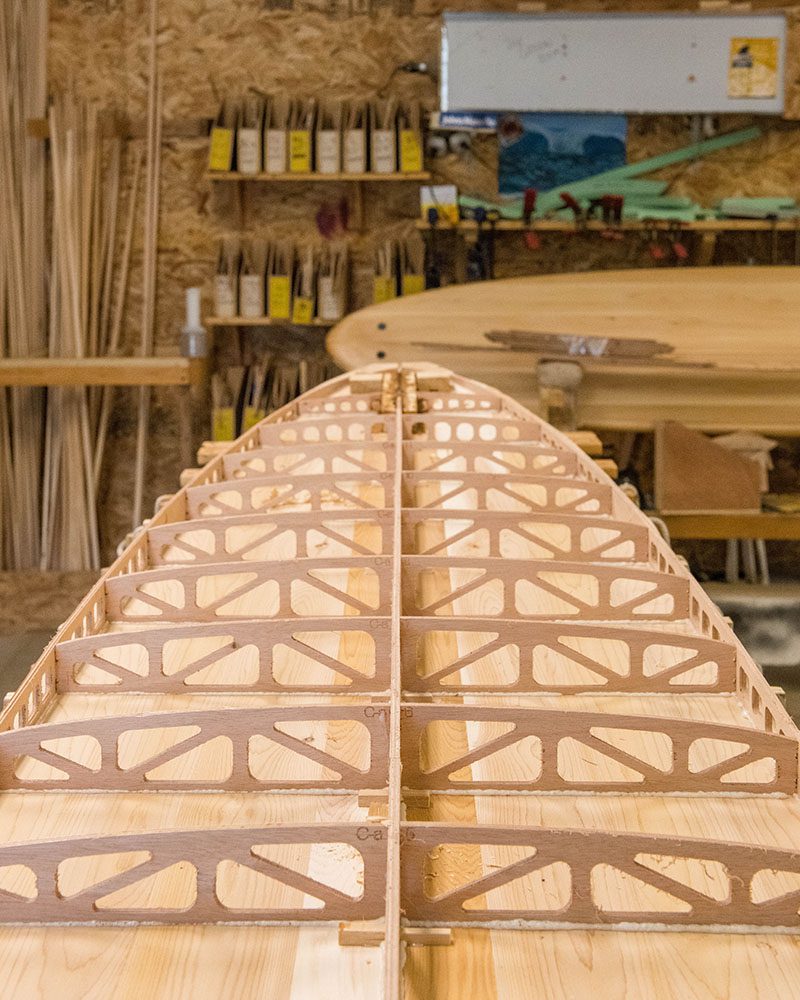
Shaping
Next comes shaping, because a rectangular piece of wood isn’t going to be the most water dynamic, the next step is shaping out the board. Wood is also quite a heavy material, so to make the boards more portable Mike and team laser cut an interior structure that allows for most of the inside of the board to be hollow while still having incredible support for shredding waves. Once the structure dries the top layer of wood is added and everything is sanded down to perfection.

Glassing
Now comes the most important part – glassing! Without it the wood would soak up water and well, you’d just have a water logged piece of wood on your hand. Not so ideal. Let us tell ya, this is maybe the most mesmerizing part of the process. As soon as the resin hits the wood it instantly brings out the intricate details and coloring in the wood.

